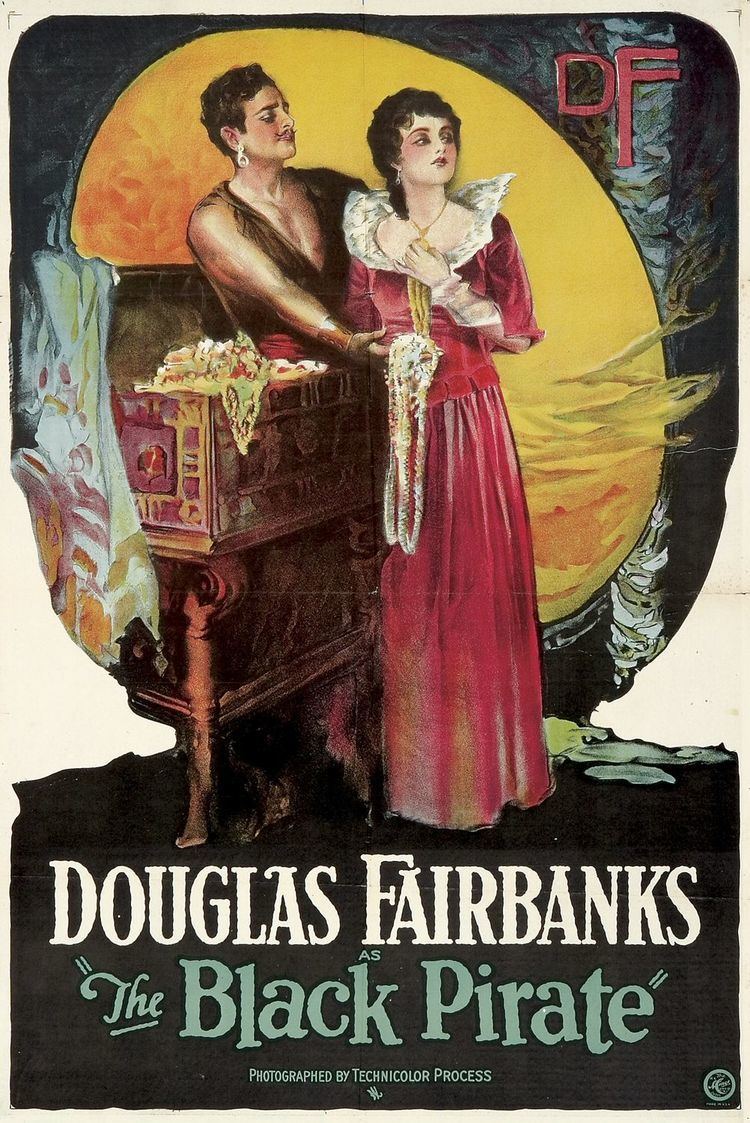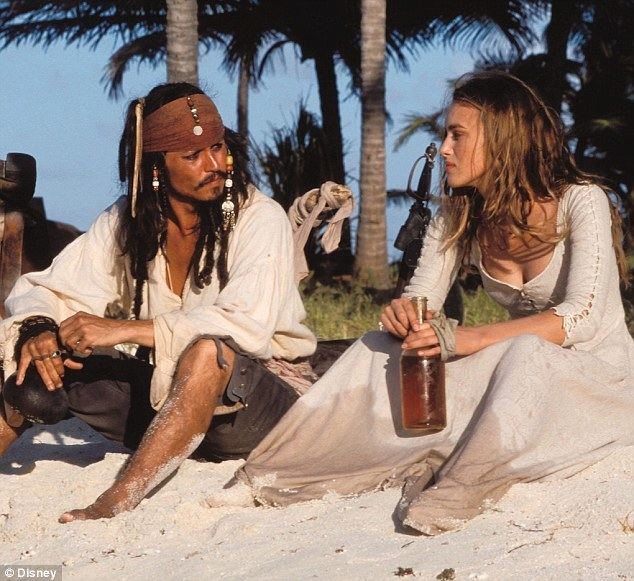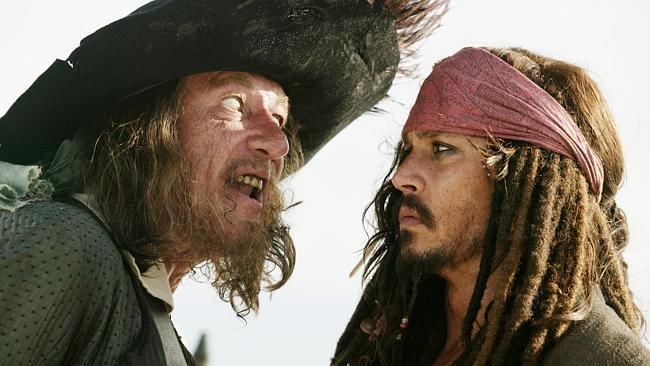The Black Pirate
10 /10 1 Votes10
Duration | Country United States | |||||||||||||||||||||||||||||||||
 | ||||||||||||||||||||||||||||||||||
Release date March 8, 1926 (1926-03-08) | ||||||||||||||||||||||||||||||||||
Tomorrowland official trailer 2 2015 george clooney britt robertson movie hd
The Black Pirate is a 1926 silent adventure film shot entirely in two-color Technicolor about an adventurer and a "company" of pirates. It stars Douglas Fairbanks, Donald Crisp, Sam De Grasse, and Billie Dove.
Contents
- Tomorrowland official trailer 2 2015 george clooney britt robertson movie hd
- Four horsemen feature documentary official version
- Plot
- Cast
- Technicolor
- Legacy
- References

Four horsemen feature documentary official version
Plot

The film begins with the looting of a ship already captured and badly mauled, by the pirates. After relieving the ship and crew of valuables, the pirates fire the ship, blowing up the gunpowder on board, sinking her. While the pirates celebrate, two survivors wash up on an island, an old man and his son. Before dying, the older man gives his signet ring to his son (Douglas Fairbanks). His son buries him, vowing vengeance.

The Pirate Captain and Lieutenant bring some crew to the other side of the same island to bury some of their plunder. They then plan to murder the other pirates: "Dead men tell no tales." But first, Fairbanks appears as the "Black Pirate", who offers to join their company and fight their best man to prove his worth. After much fighting, the Black Pirate kills the Pirate Captain. The Pirate Lieutenant sneers, and says there is more to being a pirate than sword tricks. To further prove his worth, the Black Pirate says he will capture the next ship of prey single-handed, which he does. He then uses his wits to prevent the pirates from blowing up the ship along with the crew and passengers, suggesting that they hold the ship for ransom.

When a woman is discovered on board, the Pirate Lieutenant claims her. In love at first sight, the Black Pirate finds a way to temporarily save her from this fate by presenting her as a "princess" and urging the crew to use her as a hostage to ensure their ransom will be paid, as long as she remains "spotless and unharmed".
The pirates cheer the Black Pirate, and want to name him captain. The Pirate Lieutenant jeers but consents to wait to see if the ransom is paid by noon the next day. However, he secretly has a confederate destroy the ransom ship later that night to ensure it will not return. Then, when the Black Pirate is caught trying to release the woman, the Pirate Lieutenant exposes him as a traitor and the pirates force him to walk the plank.
At noon the next day, with the ransom ship having failed to show, the Pirate Lieutenant goes to the woman to claim his prize. But just then, the Black Pirate, who with the help of the sympathetic one-armed pirate MacTavish had survived being sent overboard, returns leading troops to stop the pirates. After a long fight, the pirates are routed. In the end, the Black Pirate is revealed to be a Duke, and the "Princess" he loves a noble Lady. Even MacTavish is moved to tears of joy by the happy ending.
Cast
Technicolor
The Black Pirate was the third feature to be filmed in an early two-tone Technicolor process that had been first introduced in the 1922 feature Toll of the Sea. This reproduces a limited but pleasing range of colors. Ben-Hur— filmed around the same time — contains two-tone sequences but is shot primarily in black-and-white with tinting and toning in many scenes.
Fairbanks spent considerable money on color tests before making Pirate. Two-tone Technicolor at that time required two strips of 35mm film to be fused together back-to-back to create the two-tone palette. Due to the heat of the projector, there would be so-called cupping of the film, making it difficult to keep the film in focus during projection. (Technicolor later perfected its process, so that two-color films required only a single strip of film.)
Legacy
Fairbanks biographer Jeffrey Vance maintains that “The Black Pirate was the most carefully prepared and controlled work of Fairbanks’s entire career” and “the most important feature-length silent film designed entirely for color cinematography.” Vance believes the limitations imposed by early Technicolor forced him to remove the "pageantry and visual effects" of his earlier swashbuckler and produce a straightforward action adventure. "The result was a refreshing return to form and a dazzling new showcase for the actor-producer’s favorite production value: himself. Fairbanks is resplendent as the bold buccaneer and buoyed by a production brimming with rip-roaring adventure and spiced with exceptional stunts and swordplay, including the celebrated ‘sliding down the sails’ sequence, arguably the most famous set piece of the entire Fairbanks treasure chest.”
A two-year-long restoration of The Black Pirate was begun in 1970 by the British National Film Archive at the request of Douglas Fairbanks Jr.. One original release print and two incomplete negatives were used to restore the film. In addition to the surviving film, some outtakes and test footage have been found, but have survived only in black and white. These shots were included in the Blu-ray release of the film, with narration by Rudy Behlmer.
The film was selected for preservation in the United States National Film Registry in 1993.
The film is recognized by American Film Institute in these lists:
